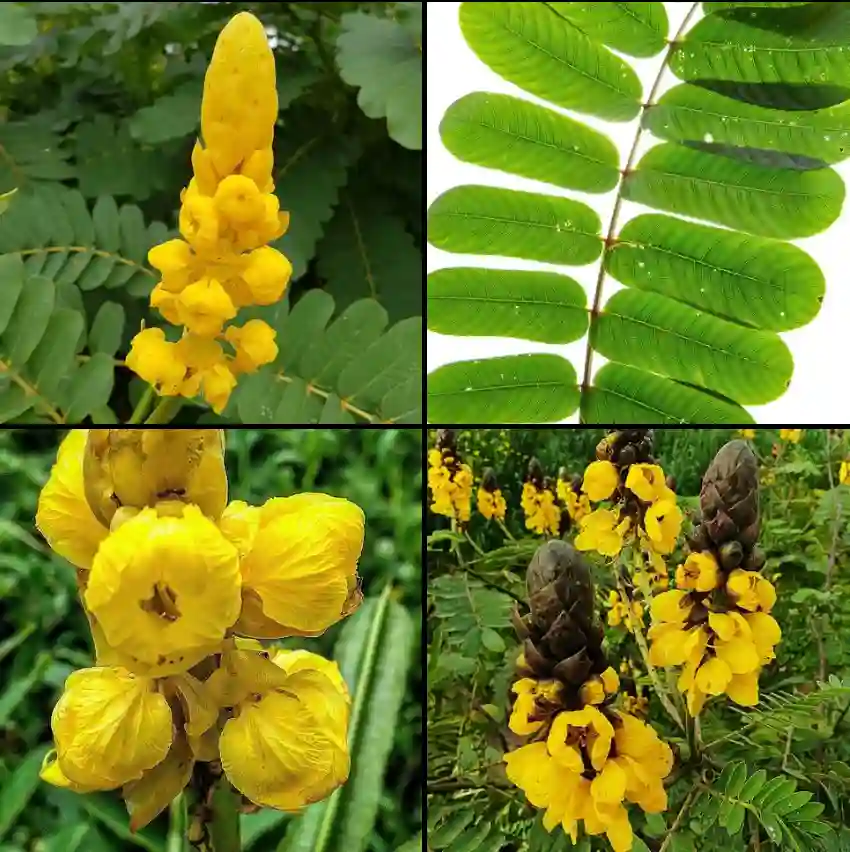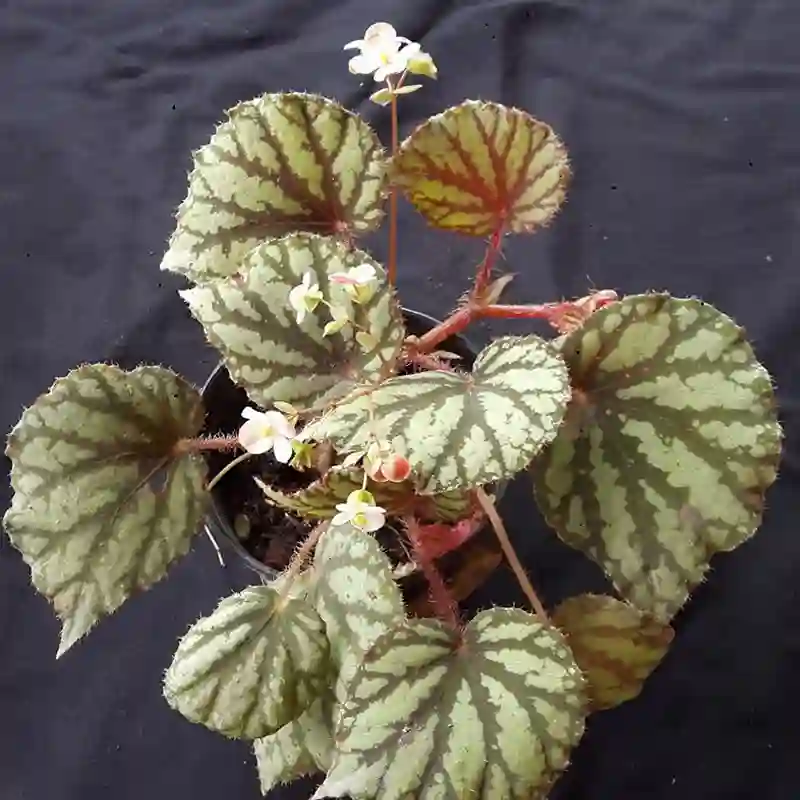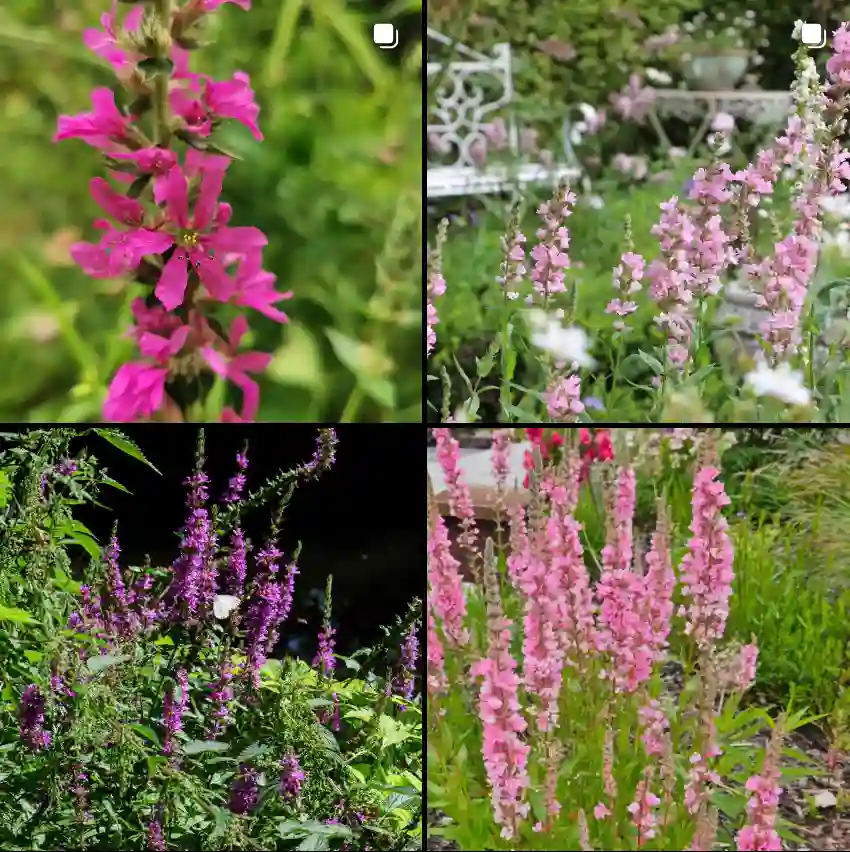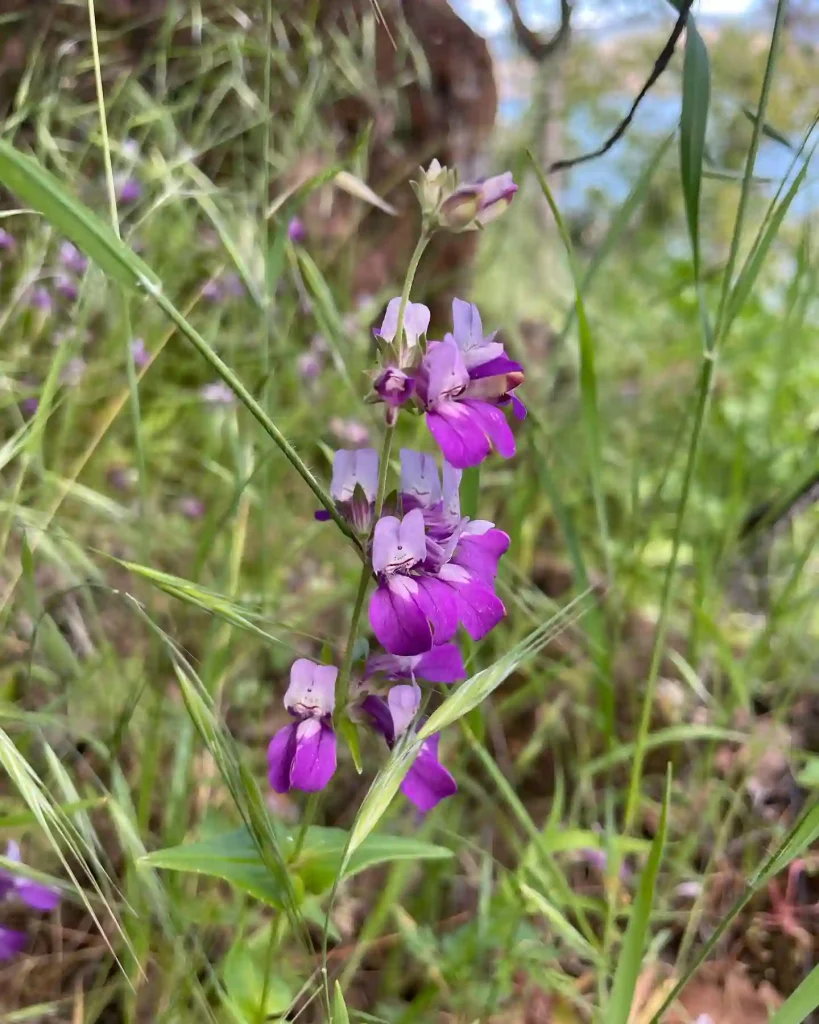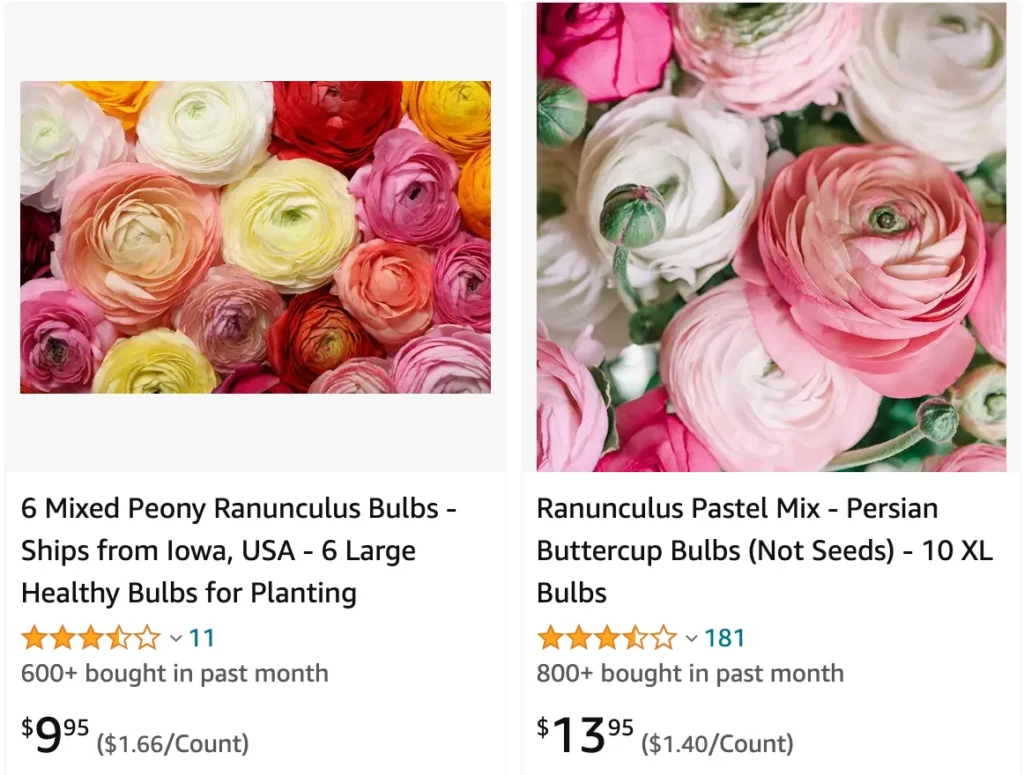
What is Ranunculus Bulbosus?
Ranunculus Bulbosus, commonly known as the Bulbous Buttercup, is a perennial flowering plant native to Europe. This vibrant plant, characterized by its bright yellow flowers and bulbous roots, often populates meadows and pastures. As a passionate gardener and an enthusiast of natural remedies, I’ve come to appreciate the unique qualities and potential uses of this fascinating plant.
1787 Species in Genus Ranunculus
What is Ranunculus Bulbosus Used For?
Historically, Ranunculus Bulbosus has been employed in various traditional medicines. In homeopathy, it is valued for its ability to address numerous health issues. It is particularly noted for its use in treating skin conditions, rheumatism, and respiratory problems. The plant’s medicinal properties have made it a staple in many homeopathic pharmacies.
Are Bulbous Buttercup (Ranunculus Bulbosus) Edible?
While many plants in the Ranunculus genus are known for their toxicity, Ranunculus Bulbosus is not typically considered edible. It contains compounds that can cause irritation and even blistering when in contact with skin. Therefore, it is not recommended to consume this plant. Always exercise caution and consult with a knowledgeable herbalist or medical professional before considering the ingestion of any wild plants.
How to Administer Ranunculus Bulbosus?
Administering Ranunculus Bulbosus, especially in a homeopathic context, requires precision. Homeopathic practitioners typically prepare it in highly diluted forms, which are then taken as tinctures or pellets. It’s crucial to follow the guidance of a certified homeopath to ensure proper dosage and effectiveness. The standard practice involves taking small, measured doses under the tongue, away from meals, to maximize absorption.
How to Make Homeopathic Buttercup (Ranunculus Bulbosus)?
Creating homeopathic remedies from Ranunculus Bulbosus involves a process of dilution and succussion (vigorous shaking). Here’s a simplified version of the process I follow:
- Harvesting: Collect the plant when it’s in full bloom. Use gloves to avoid skin irritation.
- Preparation: Chop the plant finely and mix with alcohol to extract its active compounds.
- Dilution: Dilute the mixture repeatedly. Homeopathy typically uses ratios like 1:10 (D) or 1:100 (C).
- Succussion: After each dilution, shake the mixture vigorously to enhance its therapeutic properties.
- Storage: Store the final product in a dark glass bottle, away from direct sunlight.
How to Take Ranunculus Bulbosus for Post-Shingles Neuralgia?
Post-shingles neuralgia can be incredibly painful, and Ranunculus Bulbosus has been used to alleviate this discomfort. For this specific condition, a homeopathic preparation is usually recommended. Here’s how I administer it:
- Consultation: Begin with a consultation with a homeopath to determine the appropriate potency and dosage.
- Dosage: Typically, a low potency like 6C to 30C is prescribed, taken 2-3 times daily.
- Monitoring: Regularly monitor the response to the treatment and adjust the dosage accordingly with professional guidance.
How to Care for Ranunculus Bulbosus?
Caring for Ranunculus Bulbosus in your garden can be quite rewarding. These plants thrive in well-drained soil and prefer sunny locations. Here are some tips for successful cultivation:
- Planting: Plant the bulbs in early spring, about 2-3 inches deep, spaced 4-6 inches apart.
- Watering: Keep the soil moist but not waterlogged. Overwatering can lead to root rot.
- Maintenance: Deadhead the flowers to encourage continuous blooming and prevent unwanted self-seeding.
- Protection: Protect the plants from pests and diseases by using organic insecticides and fungicides as needed.
Where to Buy Ranunculus Bulbosus?
Finding a reliable source for Ranunculus Bulbosus can be a bit challenging, but here are some options:
- Online Nurseries: Many online nurseries specialize in selling a wide variety of bulbs, including Ranunculus Bulbosus.
- Local Garden Centers: Visit local garden centers or plant nurseries during the planting season for availability.
- Homeopathic Pharmacies: For those interested in the homeopathic uses, many homeopathic pharmacies carry tinctures and pellets made from Ranunculus Bulbosus.
By understanding the characteristics and uses of Ranunculus Bulbosus, we can better appreciate this unique plant and its place in both gardens and natural medicine. As with any medicinal plant, always seek professional advice before use. Happy gardening and healing!
If i die, water my plants!
